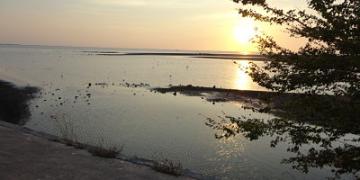Transforming perceptions on ecosystem-livelihood connection
Using natural processes in mangrove rehabilitation
Integrating payment programmes into a larger strategy to promote sustainable livelihoods and long-term ecosystem conservation
Using a flexible approach for defining conservation and production areas based on local knowledge
Adoption of innovative technology
